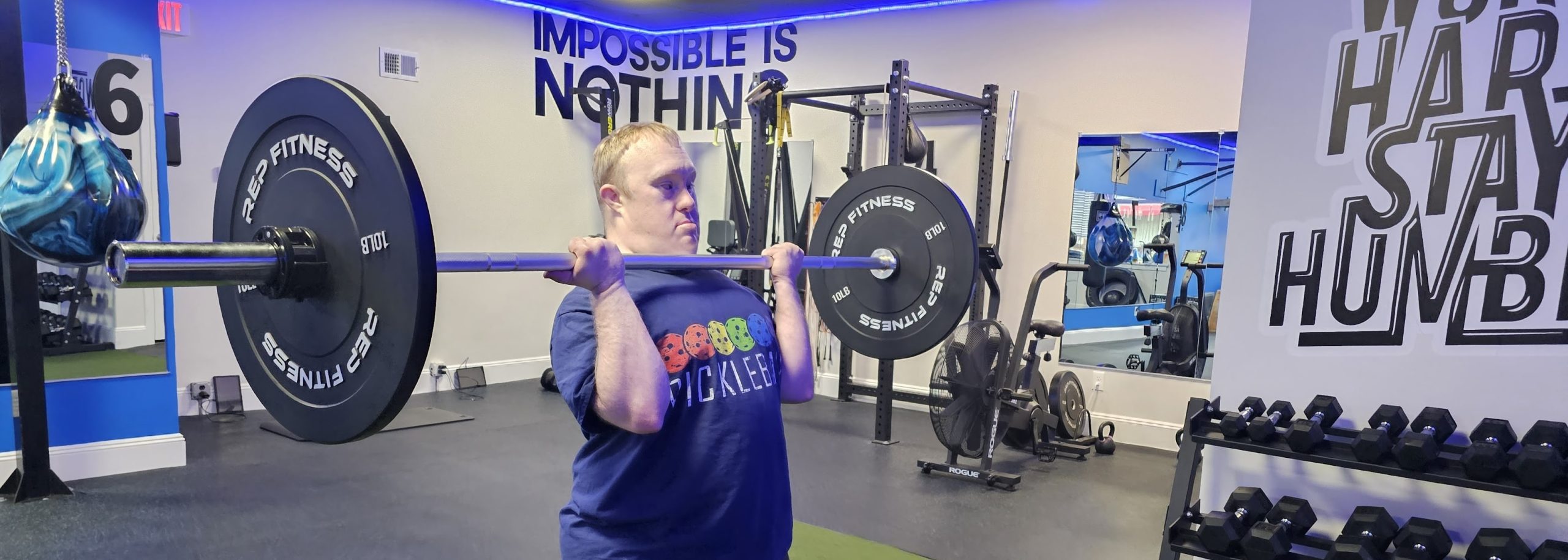
“The primary objective of adaptive fitness is to empower individuals with disabilities to achieve their fitness goals by tailoring exercises and workout plans to their unique needs. This type of fitness training promotes inclusivity, independence, and a sense of accomplishment among participants, regardless of their physical limitations.” [1]
“According to the US Department of Health and Human Services, adults with disabilities should strive to get at least 150 minutes a week of moderate-intensity, or 75 minutes a week of vigorous-intensity, aerobic activity, or an equivalent combination of moderate- and vigorous-intensity aerobic activity.” [2]
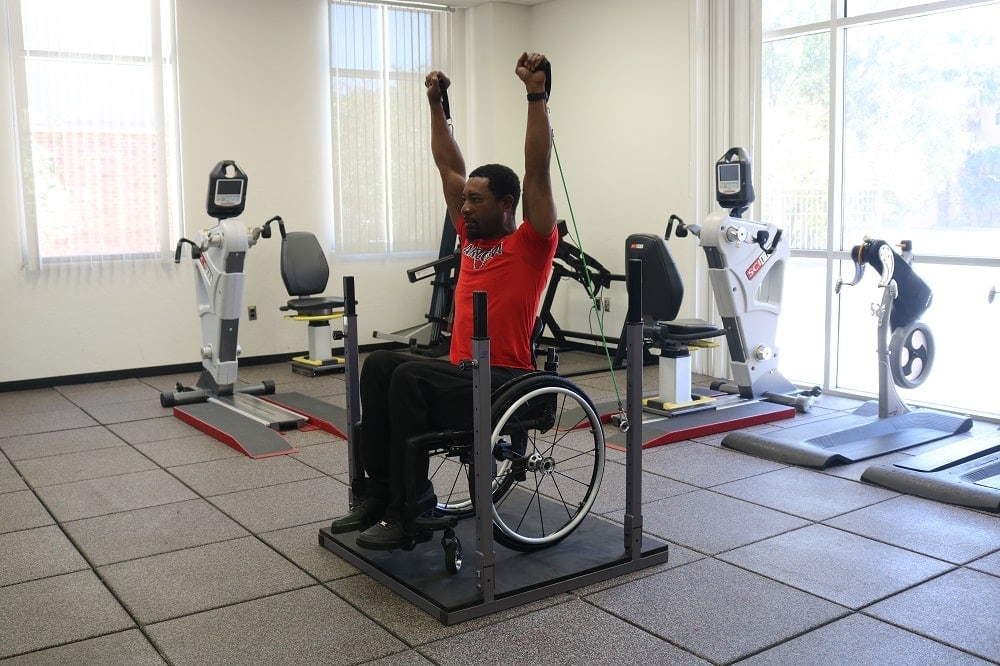
What is an adaptive training program?
“Adaptive Training analyzes the details of your performance and adjusts your upcoming workouts to optimize your progress—challenging your strengths, improving your weaknesses, and preparing you for your goals.” [4]
“Creating an adapted fitness exercise workout plan list is a crucial step towards promoting inclusivity in the realm of physical fitness. Tailoring workout routines to accommodate various abilities ensures that everyone, regardless of their physical challenges, can engage in a fitness regimen that suits their needs. The list may include low-impact exercises, seated workouts, and modified routines to cater to diverse mobility levels. By providing an array of options, individuals with different abilities can access the physical and mental health benefits of exercise, fostering a sense of empowerment and well-being. An adapted fitness plan not only promotes physical health but also sends a powerful message of inclusivity, encouraging a broader understanding of fitness that goes beyond conventional norms.” [5]
“Here are some adaptive fitness exercises:
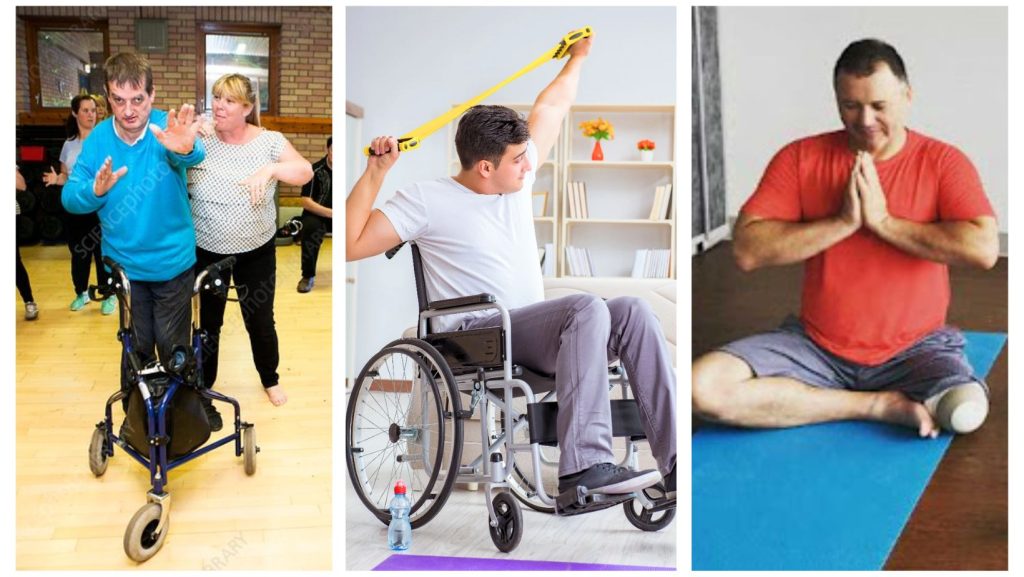
- Cardio High-intensity cardio exercises, like interval training or Tabata squats, can help with weight loss, mood, and strength.
- Resistance bands A good alternative to heavy weights, resistance bands can be used to strengthen muscles by pulling or pushing against them.
- Stretching and yoga These flexibility exercises can help improve range of motion and reduce pain and stiffness.
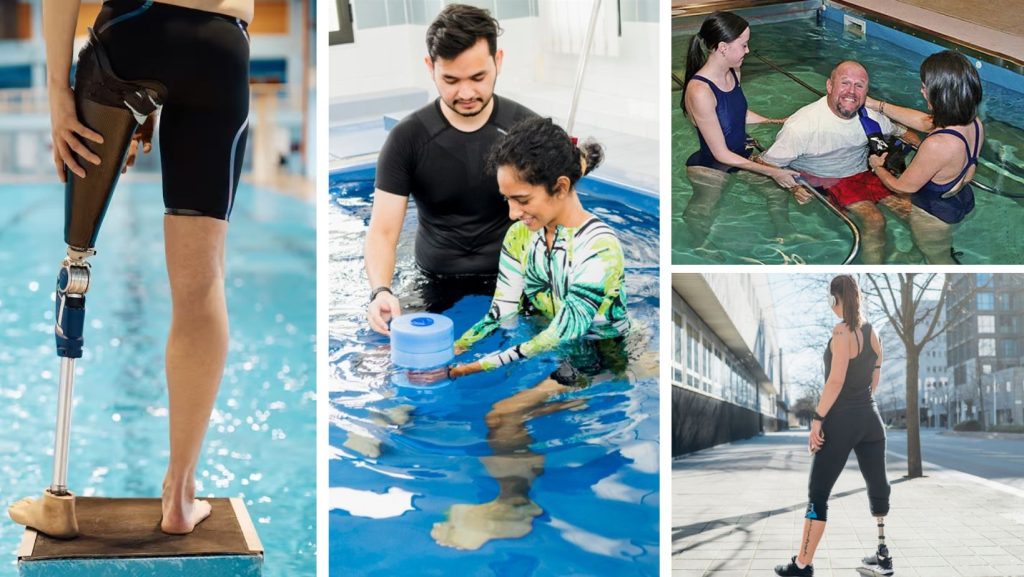
Other adaptive fitness exercises include:
- Sitting exercises
- Wheelchair workouts
- Wheelchair sprinting
Wheelchair sports like basketball, netball, and badminton It’s important to consult with a healthcare professional or certified exercise specialist to develop a safe and effective exercise program.
How to exercise with an injury or disability
“Since people with disabilities or long-term injuries have a tendency to live less-active lifestyles, it can be even more important for you to exercise on a regular basis.
According to the U.S. Department of Health and Human Services, adults with disabilities should aim for:
- At least 150 minutes a week of moderate-intensity, or 75 minutes a week of vigorous-intensity cardiovascular activity (or a combination of both), with each workout lasting for at least 10 minutes.
- Two or more sessions a week of moderate- or high-intensity strength-training activities involving all the major muscle groups.
If your disability or injury makes it impossible for you to meet these guidelines, aim to engage in regular physical activity according to your ability, and avoid inactivity whenever possible.” [6]
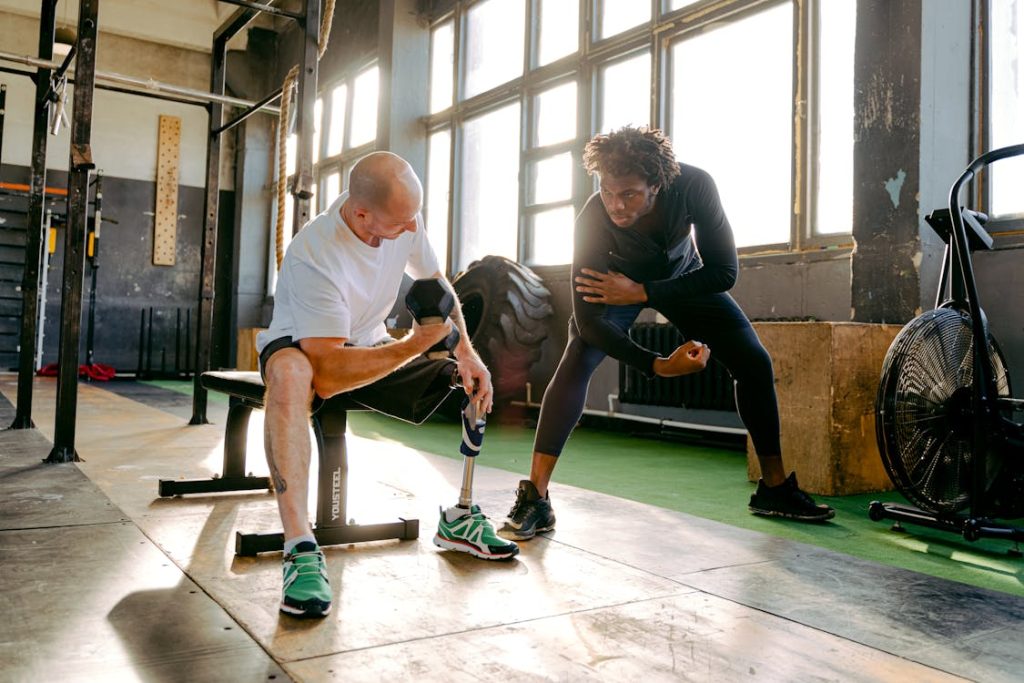
Adaptive fitness advantages
“Adaptive fitness can have many advantages, including:
Physical health: Adaptive fitness can improve balance, coordination, flexibility, strength, cardiovascular health, and bone density.
- Mental health: Adaptive fitness can help people cope with stress, anxiety, mood changes, depression, pain management, fatigue, and focus.
- Social health: Adaptive fitness can help people become more social and establish a sense of belonging.
- Confidence: Adaptive fitness can boost confidence and overall well-being.
- Independence: Adaptive fitness can help people enhance their ability to perform everyday tasks.
- Quality of life: Adaptive fitness can improve quality of life for people with physical disabilities.” [3]
Adaptive fitness is very beneficial for people with disabilities. It’s an incredible confidence booster and can help them know that they are not defined by their disabilities. Disabled persons should be able to do anything they want, including exercise to enhance their health.” [1]
Resources
[1] https://www.certifystrong.com/adaptive-fitness-training-model-what-is-it/
[2] https://coreflorida.com/adaptive-fitness/
[3] Generative AI is experimental.
[4] https://www.trainerroad.com/adaptive-training
[5] https://www.specialstrong.com/adapted-fitness-exercise-workout-plan-home-or-gym/
[6] https://www.helpguide.org/wellness/fitness/chair-exercises-and-limited-mobility-fitness
